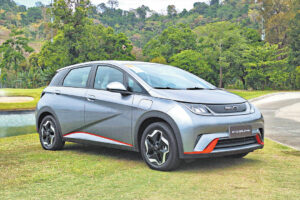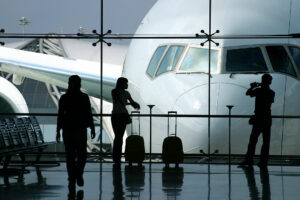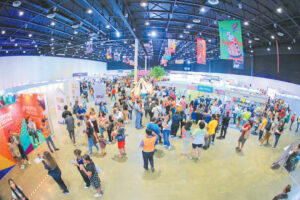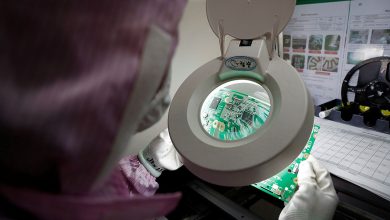Range rover

By Dylan Afuang
EIGHT TEAMS of motoring journalists and content creators drove the BYD Dolphin on a 300-kilometer journey from Quezon City to Subic and back — via the pure-electric hatchback’s fully charged battery, and without stopping for a recharge.
This was the “Exploring Electric” event that local BYD cars distributor ACMobility staged for the Dolphin, the Chinese car maker’s most compact and affordable model it offers here at P1.398 million. The EV also boasts a quoted range of 405km.
The trip covered a route to and from the BYD Quezon Avenue dealership and the Subic International Golf Club. About 150km each way, the cars were driven through the NLEX and the down- and uphill sections of the Skyway Stage 3 and SCTEX.
With three participants aboard each car, teams began the journey with 100% charge. By the trip’s end, the Dolphin with the highest remaining battery level, as shown by the cars’ information displays, qualified as the winner.
The winning team completed the 300-km journey with its car showing 30% charge remaining. As for the other groups, the remaining battery levels from their cars ranged from 12% to 24%. Frank Schuengel from visor.ph and this writer concluded the trip with 17% charge remaining, which translates to a remaining range of about 68km.
From behind the wheel, we observed that the winning drivers preserved their cars’ battery levels when they utilized the car’s regenerative braking function as frequently as they could.
A feature found in the Dolphin and many EVs, “regen-braking” enables charge to be sent back to the battery whenever the vehicle decelerates or when its brakes are applied.
The Dolphin features the Blade Battery, or BYD’s proprietary battery construction that the car maker developed in-house. The battery uses lithium iron phosphate matter, and BYD claimed that it manages heat more effectively and retains charge better than contemporary EV batteries. The vehicle supports CCS2, AC, and DC charging.
This journey also sought to allay the range anxiety — or the fear of running out of charge during a journey — one may feel when driving an EV.
These were pointed out by ACMobility Corporate Communications Manager Mikko David and BYD Cars Philippines Marketing Director Patrick Manigbas, who also presented estimated cost differences between driving an EV and a gasoline-powered vehicle in the similar distance.
If the Dolphin had been charged with Meralco’s home charging rates of P11.35/kWh, it would cost P435.79 to drive from Subic and back to Manila. If the EV had used public DC charging with rates going for P35/kWh, total costs are pegged at P1,335. These computations factor in the 38.165kWh the car would’ve consumed for the 300-km trip.
For the same distance, a driver of a gas-powered car would have spent P1,830 on unleaded fuel going for P61/liter, using 30 liters of fuel going both ways.
Ayala-led ACMobility, meanwhile, is supporting the local electric vehicle infrastructure with 30 EV chargers in the country today that will total about 100 soon, Mr. Manigbas added.




